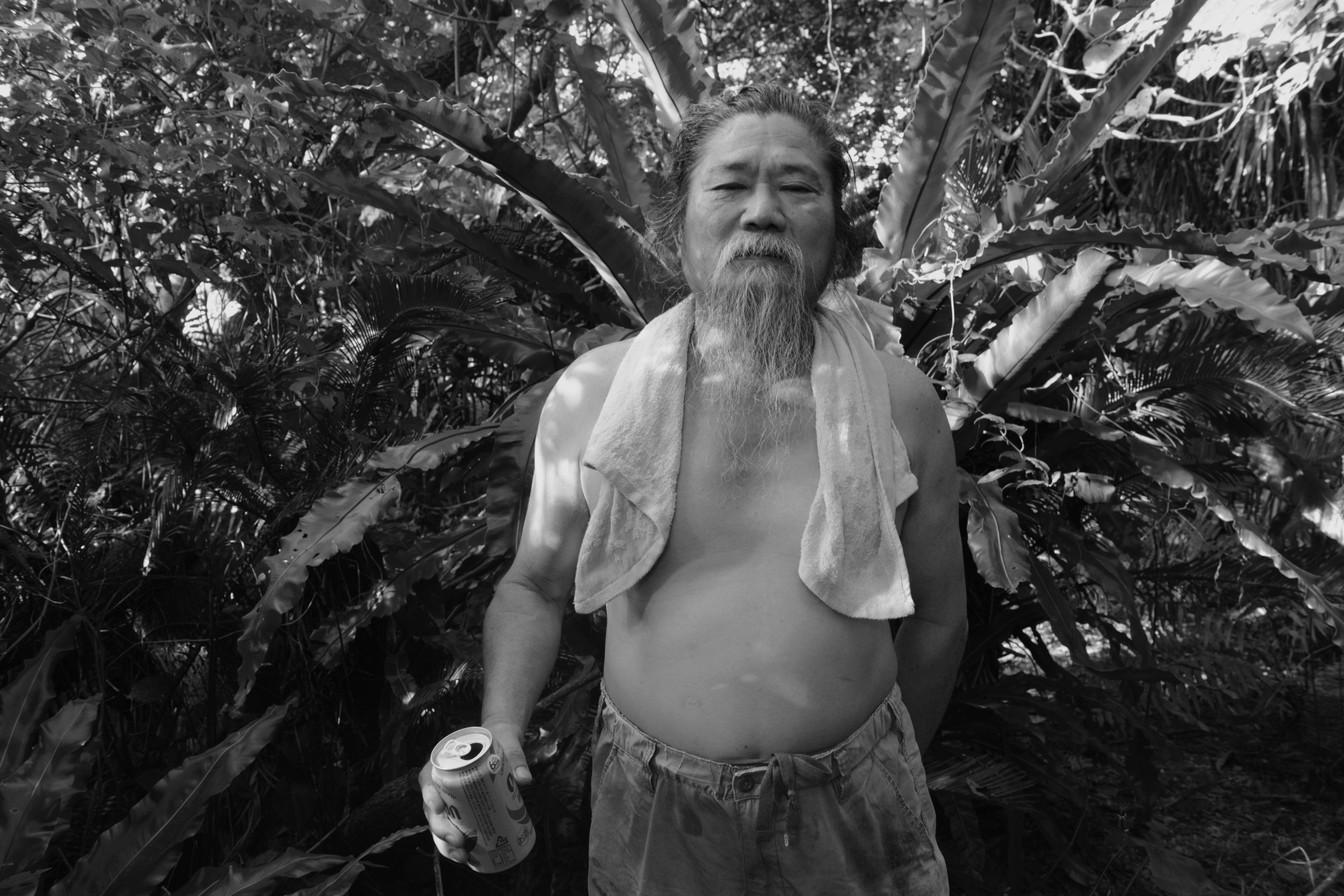Tracing the history of Okinawa as it is represented in the differing genres of experimental, documentary and portrait photography, inevitably leads to the abiding themes of identity, ethnicity and political posture.
Located on the outer periphery of the nation, Okinawa, a garrison island where people come to take their holidays, is not — and never has been — Japan proper. The late Masahide Ota (1925-2017), a former governor of Okinawa, insisted that its history was essentially "that of a poor ethnic group at the southernmost tip of the Japanese archipelago, expendable whenever national powers felt it necessary for their larger purposes." Others put it more bluntly. The women's activist and anti-base organizer, Suzuyo Takazato, characterized Okinawa as Japan's "prostituted daughter."
Such critical interpretations were far from the minds of Japanese painters who traveled to Okinawa in search of an island idyll, an innocence putatively lost in the mainland's frenzy for advancement. European-style oil painting techniques were often applied to subjects deemed exotic. Even Okinawan artists such as Aijun Nadoyama (1906-1970) and Seikan Omine (1910-1987), drew from traditional subjects rendered in a style that recalls the work of Meiji Era (1868-1912), Paris-influenced painters.



